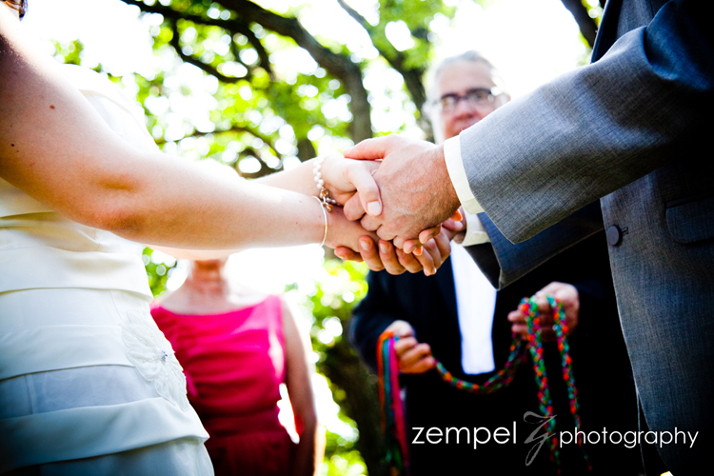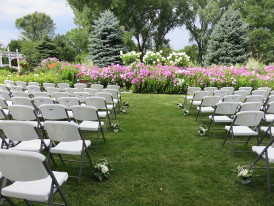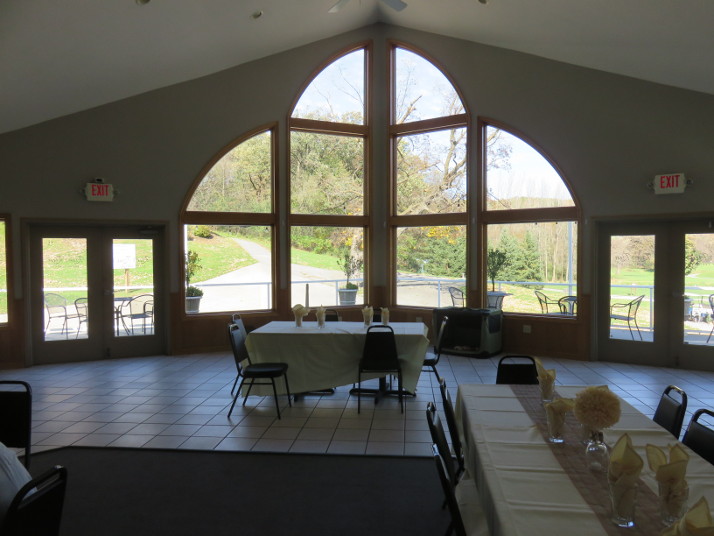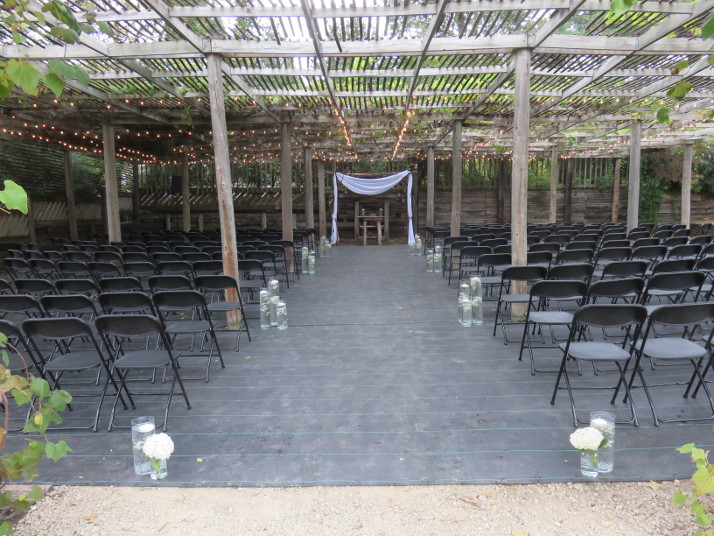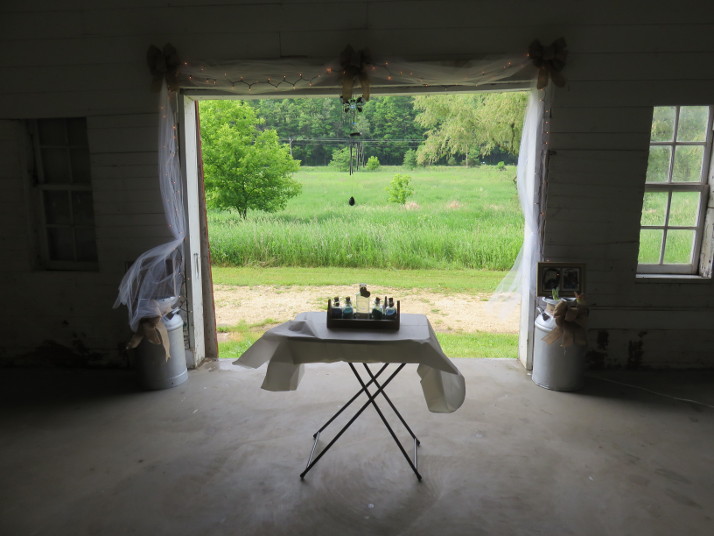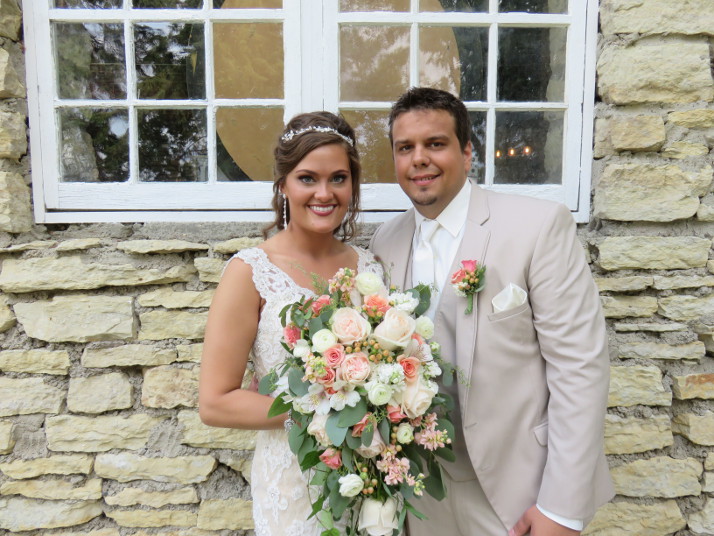Wedding Vows Done Right
Wedding vows are the most important moment of not only your wedding ceremony, but of your entire wedding day. They are required to make the marriage legal, and equally importantly, they provide the opportunity for you to voice your commitment and promises in front of your community of family and friends. Vows, therefore, should be personal and significant, but can be created and offered a number of different ways.
You can write your own wedding vows, and read them to each other during your ceremony. This option allows you total control over what you say and promise with your vows, while also allowing your personalities to shine. Next week I’ll devote my post to how to write your own vows, but for now, know that it is an option. I don’t recommend however, that you try to memorize your vows. It puts too much pressure on you during an already stressful and busy day, and if you forget them it you’ll feel badly – not the memory you want of your wedding day. Reading your personally written vows is perfectly acceptable, even recommended.
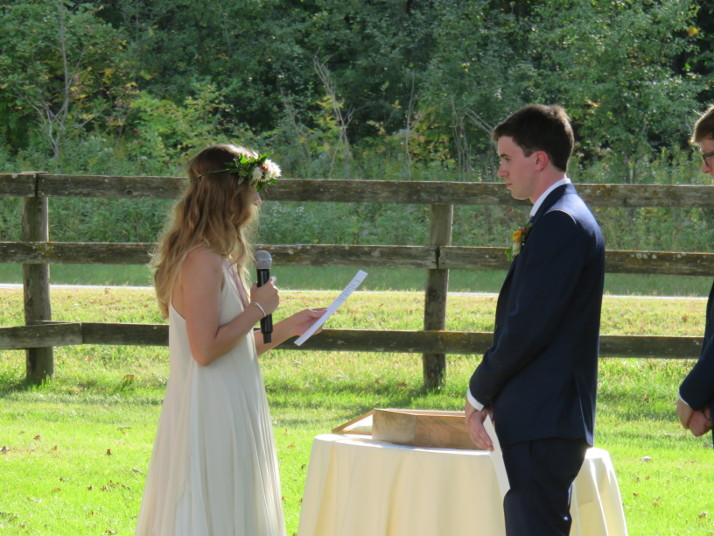
If you don’t feel creative enough to write your own vows, selecting “repeat after me” style vows where you are prompted line by line by your celebrant is a fine alternative. This is, in fact, the most common type of wedding vows used by couples today. There are a nearly unlimited number of pre-written, repeat after me vows at your fingertips with a simple Google search, if those offered by your celebrant don’t meet your needs. Remember, too, that any of these vows can be modified to reflect what you want to say to each other. A word or line can be changed, added or deleted to make it just right for you. Another way to make these kinds of wedding vows feel more personal is for you each to select the vows that best reflect the promises you want to make. You do not both need to say the same vow.
And finally, there are what I refer to as old-fashioned wedding vows. The celebrant asks you if you are making these promises today, and you respond with a simple, “I do.” These are rarely used these days, but are a good solution if you have limited English (and the ceremony is being offered in English), or if you are critically shy. A great way to personalize this style of vow if for you to choose/write the promises you want to make, and then allow the celebrant to voice them for you.
You’ll want your wedding vows to reflect you as individuals as you make your promises to each other, but there are various ways to achieve that goal. Talk with your fiance(e) to decide which approach is right for you.

